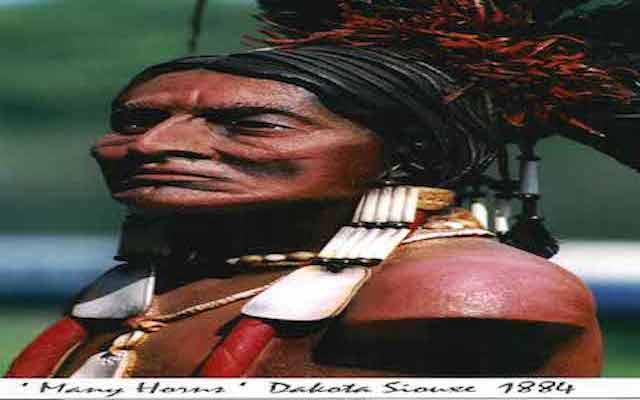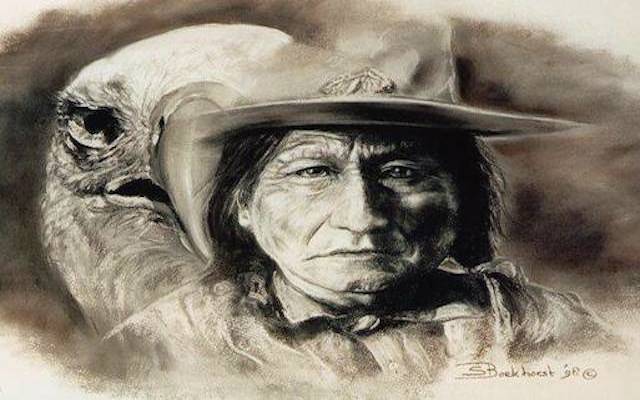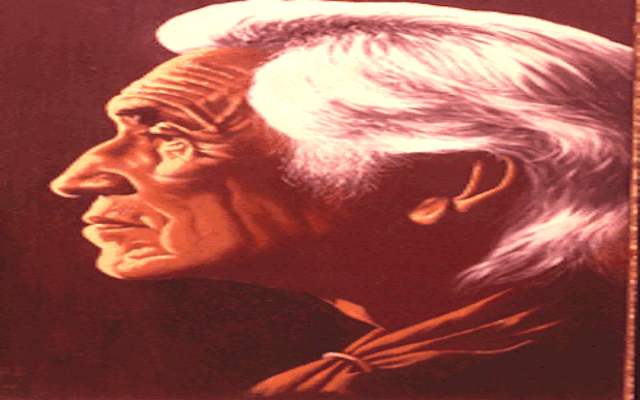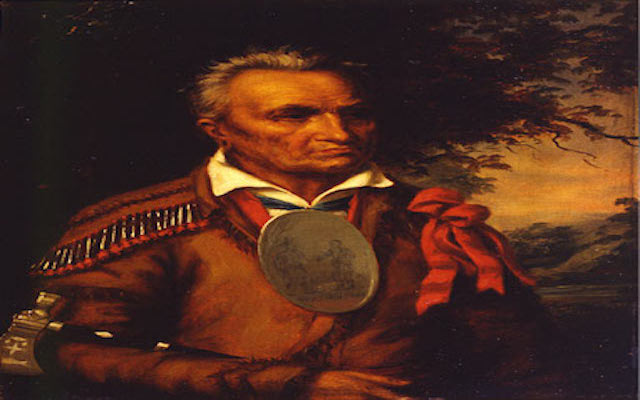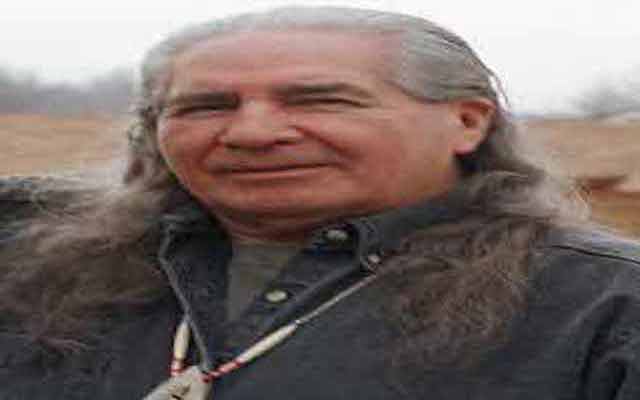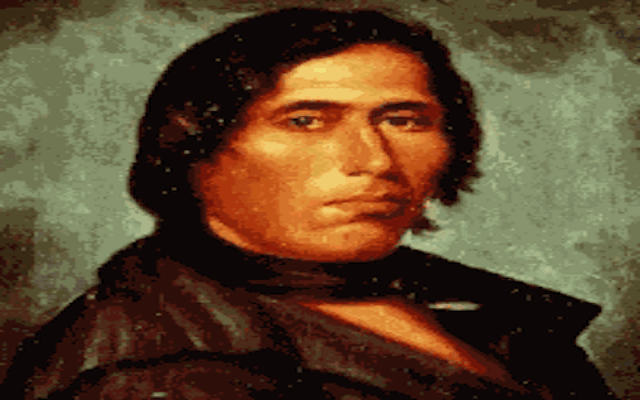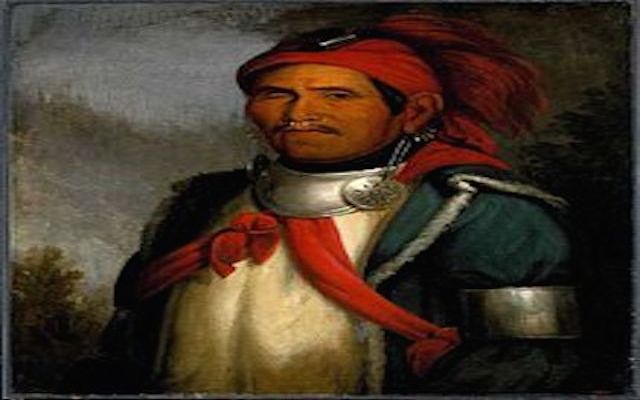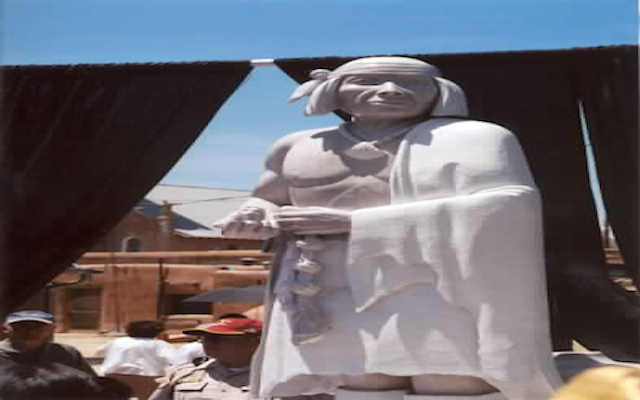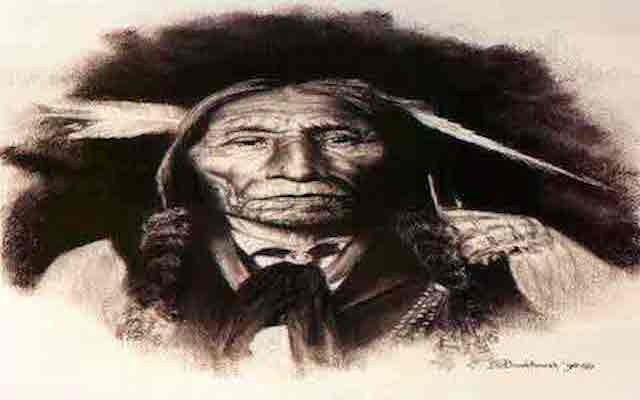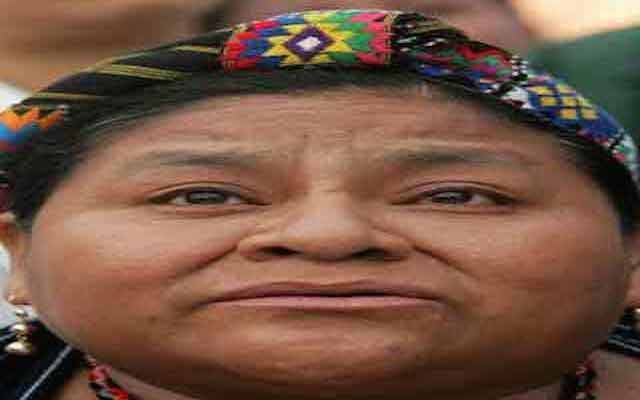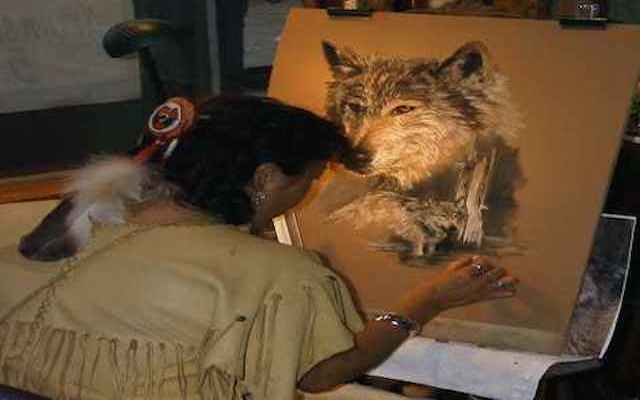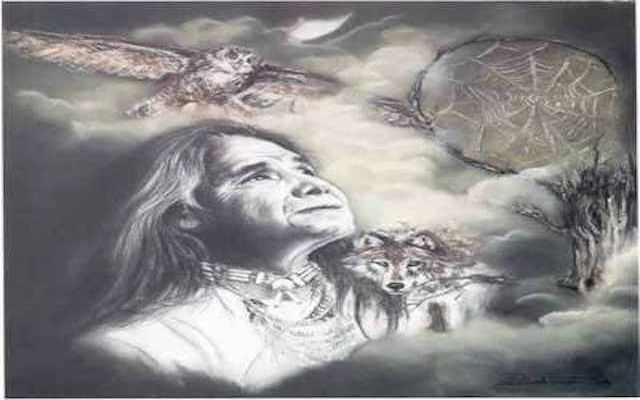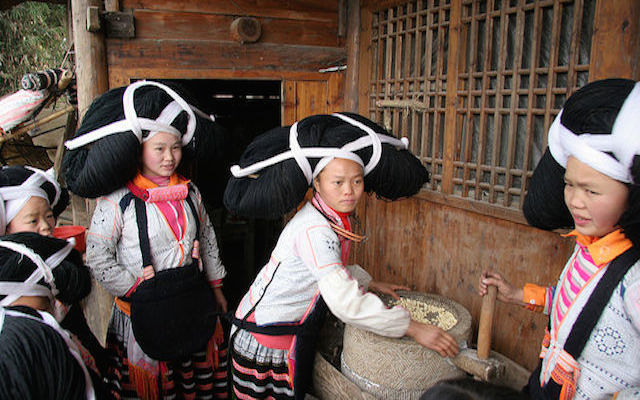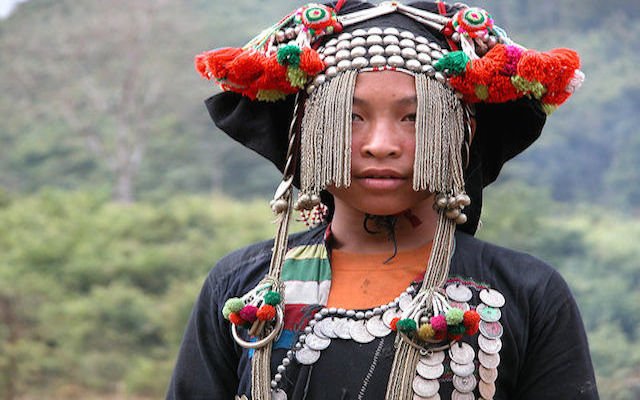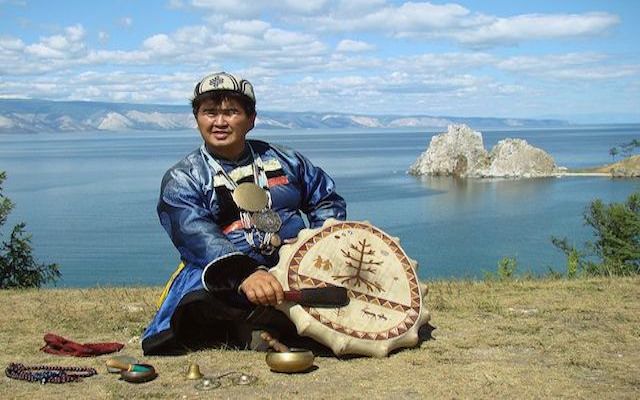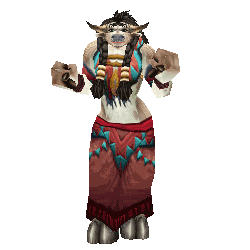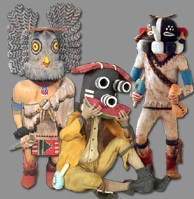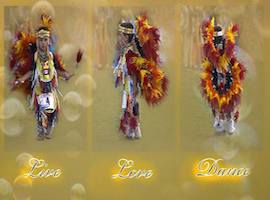Each indigenous
culture is distinct and unique.
While many peoples may express
similar worldviews and a common
indigenous identity, their cultures
are nonetheless based on different
histories, environments, and
creative spirits.
The Universal Declaration of Human Rights affirms the inherent dignity, equality, and inalienable rights of all members of the human family. The rights of all members of indigenous populations are included in this declaration. However, Indigenous Peoples also have rights as distinct cultural groups or nations.
Indigenous people are people defined in international or national legislation as having a set of specific rights based on their historical ties to a particular territory, and their cultural or historical distinctiveness from other populations that are often politically dominant. The concept of indigenous people defines these groups as particularly vulnerable to exploitation, marginalization and oppression by nation states that may still be formed from the colonising populations, or by politically dominant ethnic groups. As a result, a special set of political rights in accordance with international law have been set forth by international organizations such as the United Nations, the International Labour Organization and the World Bank. The United Nations (link to mobile app) has issued a Declaration on the Rights of Indigenous Peoples to guide member-state national policies to collective rights of indigenous people—such as culture, identity, language, and access to employment, health, education, and natural resources. Although no definitive definition of "indigenous peoples" exists, estimates put the total population of post-colonial indigenous peoples who seek human rights and discrimination redress from 220 million to 350 million.
"In the world of the powerful there is no space for anyone but themselves and their servants. In our world everyone has a place. Only those who give up their history are consigned to oblivion. On the vacant ground of today, there will grow a flower of tomorrow."
Mankind 'IS' the product of his ancestors."
First People of America and Canada Turtle Island
This
Week in North
American Indian History
[ 8,700 Links ]





























